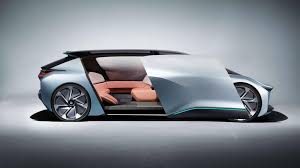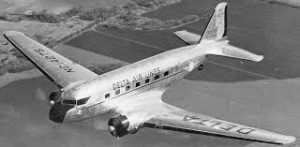In a sign of the changing nature of the car business, a friend of mine just joined Nio, a Chinese based start up with offices in San Jose, California, Munich, London and Shanghai to build a fully connected, electric, and autonomous car for model year 2020.

Nio was formerly known as Next EV and has proven itself in the Formula E electric vehicle racing series and has also launched what they claim to be the fastest electric vehicle in China. The Nio Eve will be its flagship vehicle and offers a vision of what full mobility and adapted interior styling could look like.
One of the issues that many car makers and their suppliers are working on is what the inside of the car will look like in an autonomous future. In the Nio Eve, the driver’s seat slides back away from the steering wheel in order to allow the “driver” to do other things while the car is driving.
While it seems that Apple has closed its Titan project, which looking at building its own car, the The Guardian reports that it has joined 29 other companies in asking for permits to test self driving cars in California indicating that it is still working on some aspect of the technology.

Nio is actually only one of a number of venture capital backed electric vehicle plays with Chinese involvement which also include Faraday Futures and Lucid Motors which used to be called Atieva. Both those companies are reportedly to be partly owned by Jia Yueting, 44 year old Chinese tech entrepreneur who, according to Forbes, has a fortune estimated at $3.5 billion.
While I have been highly skeptical on the immediate future of autonomous cars, the fact is that in addition to Google’s well known efforts at developing the technology, there is a wide array of traditional car companies, knew entrants, suppliers, and electronics companies all investing in the technology and trying to figure out which way it is going to go.
In the United States, The National Highway Traffic Safety Administration has already published guidelines on how these machines will be regulated and the market for engineering talent is red hot.
Tech billionaires from both California and China and traditional venture capital companies appear to be supplying the money. Automotive and IT engineers are supplying the know how. The regulators appear to be on board and more than anything else a start up culture is developing which assumes that the future will be different than the past.
The Chinese name of Nio’s parent company Weilai is translated as “Blue Sky Coming” and all of these companies, and of course Tesla itself, are operating under the principal that they, and not Ford, GM and the Volkswagen Group will be leading the transformation of personal transportation.

It may, however, take time for what Dossi called the “dominant design” in electric autonomous cars to develop. In the aircraft business it was the Douglas DC-3 that really set the pattern for aircraft and that plane was introduced in 1932 almost 30 years after the Wright brothers managed their first flight at Kitty Hawk.
I am starting to change my mind and think that this revolution might happen sooner than we think.


We are going to see amazing things!